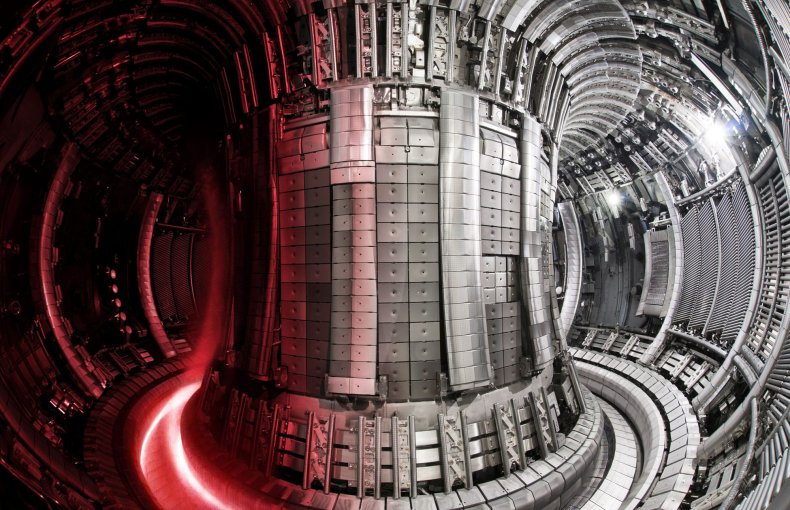A private U.S. nuclear fusion company has announced a partnership with the U.K. government to pursue a commercially-viable nuclear fusion reactor.
Commonwealth Fusion Systems (CFS), a firm with roots in the Massachusetts Institute of Technology, announced on Monday that it had signed a five-year collaborative agreement with the U.K. Atomic Energy Authority (UKAEA) in a public-private partnership that will see the two entities share knowledge and “support the fastest path to clean commercial fusion energy” according to a press release.
CFS told Newsweek its current goal is to have commercial fusion power on the grid by 2031—an ambitious target considering the old industry joke that commercial fusion is always 30 years away.
CFS says its agreement with UKAEA could involve exchanges of knowledge and collaboration on things like fuel, modeling, manufacturing and maintenance. It will also see CFS benefiting from the Joint European Torus (JET) fusion reactor based in Oxford, England—one of the world’s leading fusion reactors.
EUROfusion/Culham Centre for Fusion Energy/UKAEA
Nuclear fusion is something scientists have been working on for decades, and involves the process of joining two atomic nuclei together to form one single atom. The new single atom is not quite as heavy as the combined mass of the two individual ones, so the spare mass is released as energy that can be harnessed. It’s the same process that powers the core of our sun under immense heat and pressure.
Recreating this process in a lab has proved tricky but not impossible. However, scientists have as yet been unable to get a nuclear reactor to produce more energy than it consumes, nor have they sustained a reaction for long enough to be viable to power an electrical grid.
If scientists can crack it, fusion offers a clean, powerful and virtually limitless source of energy that is safer than current nuclear power plants. Despite small advances relatively often, a viable commercial reactor still seems some way off.
“Achieving sustainable fusion energy is extremely difficult. It is one of the great scientific and engineering challenges of our time. Currently the timing is uncertain, but fusion is expected to be part of the world’s energy supply in the second half of this century,” UKAEA spokesperson Stuart White told…
Click Here to Read the Full Original Article at Newsweek…

